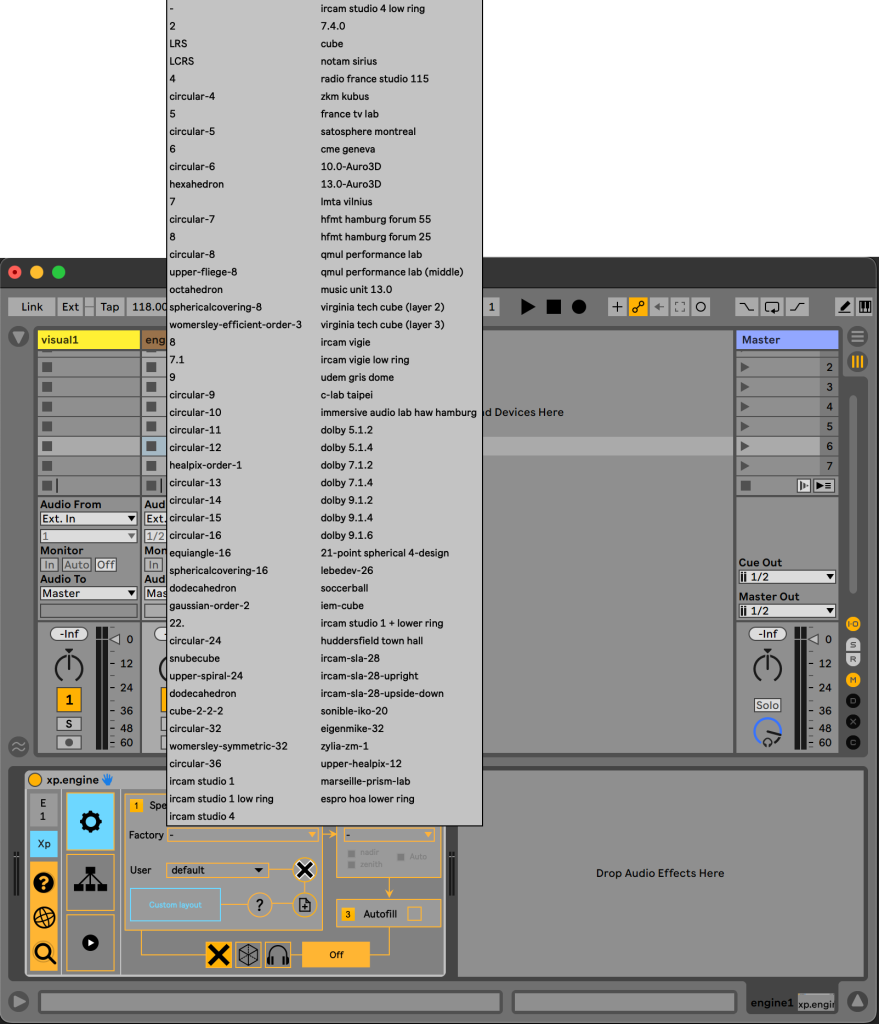XP for Ableton Live delivers a complete real time spatial audio experience inside Live for just 80€ – and it now does head tracking with hardware as accessible as this £69 Head Tracker hardware.
xp4l is a powerful-looking, totally visual spatial audio solution for Ableton Live users, powered by the superb Ircam Spat~ library. (Nothing else to buy – it’s all prepackaged – though you do need a compatible version of Live and a Max for Live license.)


The features are impressive: up to 62 channels with any speaker arrangement, a dizzying choice of different algorithms, a slick UI, 3D visualizations of everything, and head tracking. You can animate sounds. You can use OSC. You can work with VR. You can load your own 3D models to build up a world. And since it runs in Live, you’re working with Live’s workflows, not some archaic new environment.
Here it is working with head tracking:
You can animate sounds. You can use OSC. You can work with VR. You can load your own 3D models to build up a world. And it runs right in Ableton Live’s workflow.
Head tracking is now really easy to do via a variety of methods – I even talked to one IRCAM researcher who says a lot of them are using Apple AirPods, sometimes even inside their favorite studio cans.
But before you go worry about some new head-tracking gear, you can also use something like TouchOSC for control:
They added a bunch of new features earlier this year:
This one looks really exciting. I’m keen to try it out.
If you’re interested in this, you’ll also want to check out the SPAT Devices Bundle, which even includes a stereo device (for spatial sound over stereo configurations). Ableton’s blog did a nice rundown of that in February:
Spatial Awareness: A Closer Look at the SPAT Devices Bundle
I actually hope spatial sound isn’t given a bad name by poor spatial mixes on streaming services. If you really work with the medium artistically, there’s tons of potential. That’s already evidenced in cinema and gaming, and just as it took us a long time to learn to explore stereo, it’s worth taking the time to apply spatial sound in music.
I’m fascinated as always by the history of the field – back to Disney and Fantasia, even – and wrote extensively on the connections of that history to modern spatial sound for the magazine published by CTM Festival:
Fantasies of Immersive Music: From 1940s Broadway to 2021 Berlin